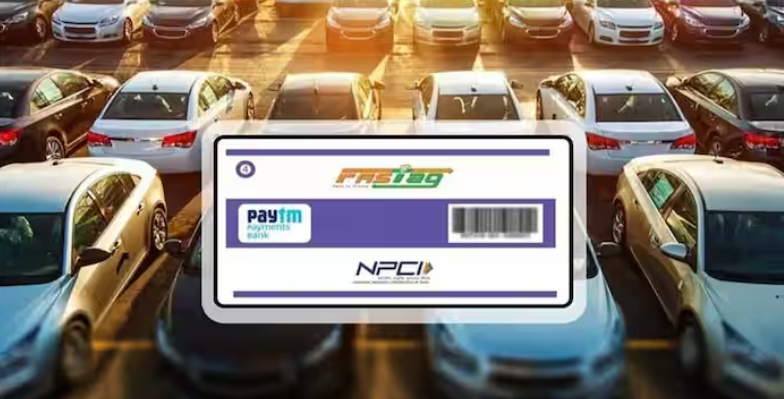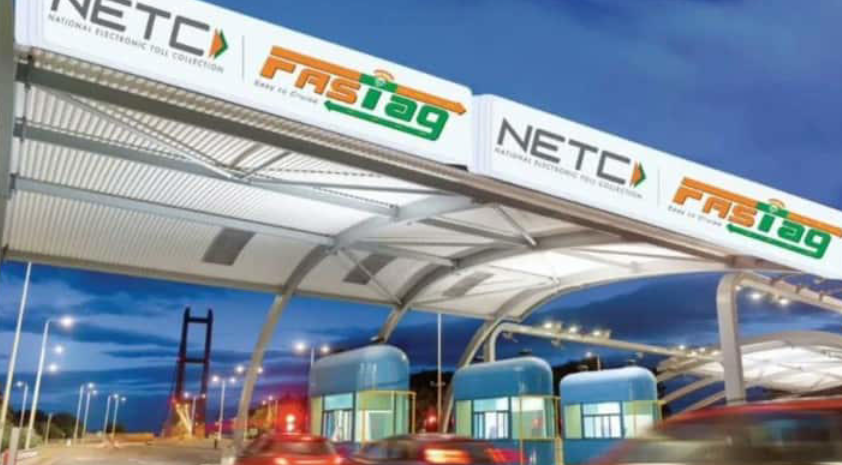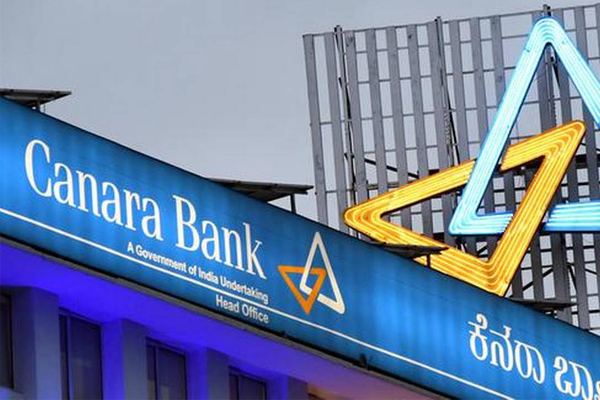Safe Enterprises Retail Fixtures Ltd, a specialist in customized shop fittings and retail fixture solutions, is launching its SME IPO in late June 2025. Let’s explore why this offering stands out.

IPO Timeline & Key Details
- Bidding Window: June 20–24, 2025
- Price Band: ₹131–₹138 per share
- Lot Size: 1,000 shares (₹138,000 minimum)
- Issue Size: ₹169.74 crore through a fresh issue of ~1.23 crore shares
- Listing Date: NSE Emerge on June 27, 2025
Company Overview
- Legacy & Capability: Founded in 1976 (converted to a public company in 2024), with three manufacturing facilities in Maharashtra.
- Comprehensive Offerings: Delivers end-to-end solutions—design, prototyping, manufacturing, installation—for sectors like fashion, electronics, hypermarkets, and luxury retail.
- Digital Integration: Offers modular, electrified fixtures with LED lighting and interactive displays.
- Geographic Reach: Present across 25+ Indian states and exporting to regions like Dubai and Kansas City.
- Clientele: Includes marquee names such as Zudio, Westside, Nature’s Basket, and Reliance Retail.
Financial Snapshot (FY25)
- Revenue: ₹138.31 crore with a strong YoY growth (~37%)
- Net Profit: ₹39.2 crore, up ~70% YoY; PAT margin over 28%
- Valuation Metrics: EBITDA of ₹52.11 crore; P/E ~11.5; EPS ~₹11.4
- Balance Sheet: ROE ~105%, ROCE ~114%, low debt/equity ~0.03

IPO Objectives
Proceeds will fund:
- New manufacturing unit – ₹65.9 crore
- Subsidiary expansion – ~₹7 crore for Safe Enterprises Retail Technologies
- Working capital – ₹30 crore for the parent and ₹10 crore for subsidiary
- General corporate purposes
Strengths & Risks
Strengths
- Established manufacturing base with ISO certification
- Diversified customer base and international presence
- High-margin and asset-light business model
Risks
- Major client contributes over 85% of revenue → dependency concerns
- Leased premises and limited track record as a public entity
- Exposure to FX risk due to exports (1–1.3% of revenue)
Exposure Breakdown
Understanding where Safe Enterprises derives its revenue, and what risks are tied to that, helps you gauge how this fits your risk-return appetite.
🔹 1. Client Concentration Risk
- Over 85% of revenues come from one key customer (likely Trent/Zudio or Reliance Retail).
- This concentration is a significant risk. Any business or payment disruption with this client could severely impact Safe’s revenue and cash flow.
Mitigation:
- The company plans to use IPO proceeds to diversify its base by investing in new facilities and expanding its customer base (domestic + international).
Segment Exposure
| Segment | Exposure (%) |
|---|---|
| Retail fixtures (fashion, electronics, hypermarkets) | ~70–75% |
| Custom & modular display systems | ~15–20% |
| Shop design & digital display fixtures | ~5–10% |
Should You Subscribe?
| Investor Type | Assessment |
|---|---|
| Growth Investors | Strong revenue/profit growth, excellent margins, and solid valuation make it appealing. |
| Risk-Aware Investors | Consider client concentration and SME segment volatility. |
| Long-Term Investors | Good potential from industry tailwinds, especially with retail expansion. |
Conclusion :
The IPO is notable as one of the largest SME offerings in 2025. It offers a rare combination: a legacy manufacturing player with digital integration, strong financials, and a clear growth capex roadmap. However, be mindful of concentration and SME-specific risk factors.Safe Enterprises is a fundamentally strong SME with proven profitability and a sector tailwind from India’s organized retail boom. It offers a rare SME-grade margin profile, but concentration and listing volatility risks must be managed carefully.










